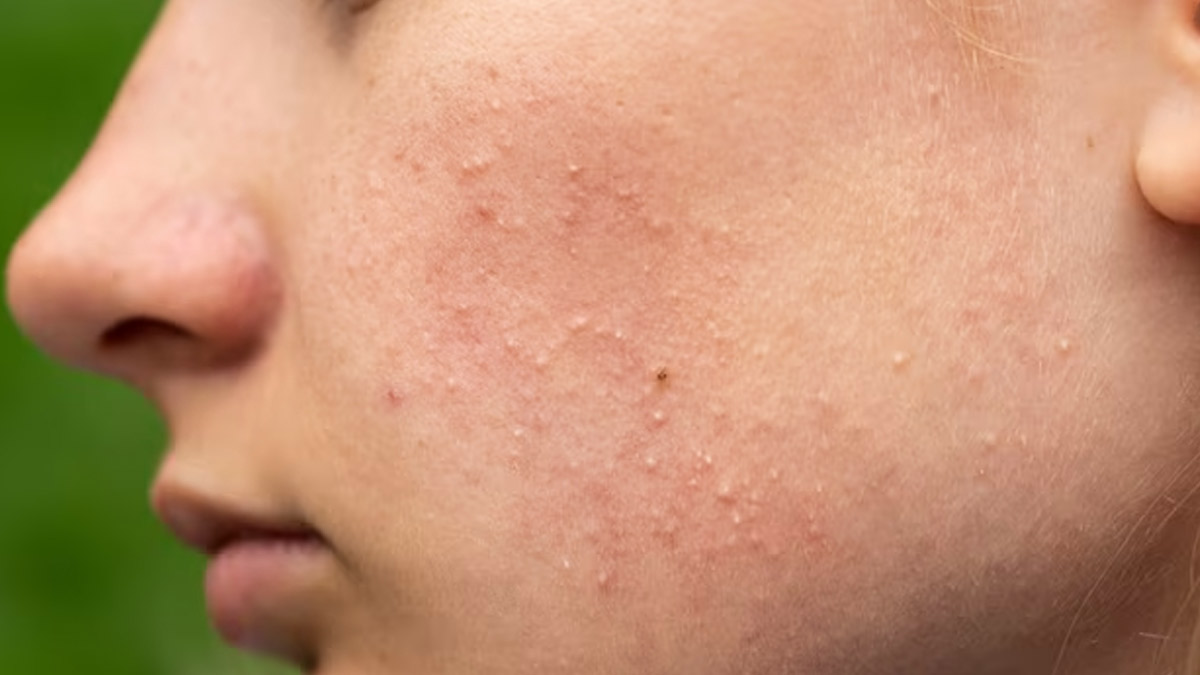Milia Treatment in Dubai are small, white cysts that often appear on the face, particularly around the eyes, cheeks, and nose. Although they are benign and generally harmless, there are many misconceptions surrounding milia that can lead to confusion about their treatment and care. This article will explore the myths and facts related to milia, providing clarity on how to address this common skin condition effectively.
Understanding Milia: What Are They?
Milia are tiny cysts that form when keratin—a protein found in skin cells—gets trapped beneath the skin's surface. They are typically small, white or yellowish bumps and can occur in people of all ages, though they are more commonly seen in newborns and adults. While milia may resemble whiteheads, they differ in their composition and underlying causes.
Common Types of Milia
There are several types of milia, each with distinct characteristics:
- Primary Milia: These are the most common type and occur spontaneously without an underlying cause. They often appear in clusters and are usually harmless.
- Secondary Milia: These can develop due to skin damage, such as burns, rashes, or trauma. Secondary milia may also result from the use of heavy skincare products that clog the pores.
- Milia en Plaque: This rare form occurs when milia appear in a plaque-like formation on the skin. It can sometimes be associated with certain skin conditions or inflammatory responses.
- Neonatal Milia: These small cysts often develop in newborns and are common in infants. They typically resolve on their own within a few weeks.
Common Myths About Milia
Myth 1: Milia Are Just Whiteheads
While milia may look like whiteheads, they are not the same. Whiteheads are a form of acne caused by clogged pores filled with sebum and bacteria, while milia are keratin-filled cysts that occur beneath the skin's surface. Milia do not involve the same inflammatory processes as acne and are not caused by excess oil production.
Myth 2: Milia Can Be Treated at Home
Many people believe that milia can be easily treated at home with over-the-counter products or home remedies. However, this is a misconception. Professional extraction is often necessary to safely remove milia. Attempting to pop or squeeze milia can lead to irritation, scarring, or infection.
Myth 3: Milia Are Caused by Poor Hygiene
Contrary to popular belief, poor hygiene does not cause milia. They can affect individuals regardless of their skincare routine or hygiene practices. Milia form due to keratin buildup, not due to dirt or oil accumulation on the skin.
Myth 4: Milia Only Occur in Newborns
While neonatal milia are common, milia can affect individuals of all ages. Adults can develop milia due to factors such as skin damage, heavy skincare products, and certain skin conditions.
Effective Treatment Options for Milia
Understanding the appropriate treatment options for milia is crucial for effective management. Here are several professional treatments available for individuals struggling with this skin condition:
1. Professional Extraction
Dermatologists can safely remove milia using sterile tools and techniques. This procedure involves making a small incision in the cyst and extracting the trapped keratin. Professional extraction minimizes the risk of scarring and infection, ensuring the area heals properly.
2. Chemical Peels
Chemical peels use exfoliating acids to remove the outer layer of dead skin cells, promoting cell turnover and preventing the buildup of keratin. Superficial peels can effectively treat milia while improving overall skin texture.
3. Microdermabrasion
Microdermabrasion is a non-invasive procedure that exfoliates the skin using fine crystals to remove the outer layer of dead skin cells. This treatment can help reduce the appearance of milia and improve skin texture.
4. Laser Therapy
Laser treatments can effectively target milia, providing precise removal while minimizing damage to surrounding skin. This option is especially useful for larger or persistent milia that do not respond to other treatments.
5. Topical Retinoids
Topical retinoids, derived from vitamin A, can promote skin cell turnover and help prevent the formation of new milia. These medications can be prescribed by dermatologists for individuals with recurrent milia.
Prevention Strategies
Preventing the formation of milia involves adopting certain skincare habits and strategies to maintain healthy skin. Here are some effective prevention tips:
1. Exfoliate Regularly
Incorporating gentle exfoliation into your skincare routine can help prevent the buildup of dead skin cells. Use chemical exfoliants like alpha-hydroxy acids (AHAs) or beta-hydroxy acids (BHAs) to promote cell turnover and keep the skin clear.
2. Choose Non-Comedogenic Products
Select skincare products that are labeled as non-comedogenic, meaning they do not clog pores. Avoid heavy creams and oils that can contribute to keratin buildup and increase the likelihood of milia formation.
3. Protect Against Sun Damage
Sun protection is essential for overall skin health. Apply broad-spectrum sunscreen daily to prevent sun damage that can lead to thickened skin and increase the risk of milia. Consider wearing protective clothing and seeking shade during peak sun hours.
4. Stay Hydrated
Keeping the skin well-hydrated is vital for maintaining its elasticity and preventing dryness. Use lightweight moisturizers that provide adequate hydration without being overly heavy.
5. Consult a Dermatologist
Regular visits to a dermatologist can help monitor your skin health and address any concerns before they become problematic. Early intervention can prevent the formation of milia and other skin conditions.
Conclusion
Milia are common, benign cysts that can affect individuals of all ages. Understanding the myths and facts surrounding this skin condition is crucial for effective treatment and prevention. While milia are not caused by poor hygiene or easily treated at home, professional treatment options, such as extraction and chemical peels, are available to manage the condition effectively. By adopting a proper skincare routine and seeking professional advice when needed, individuals can maintain clearer skin and reduce the risk of milia formation.





Comments